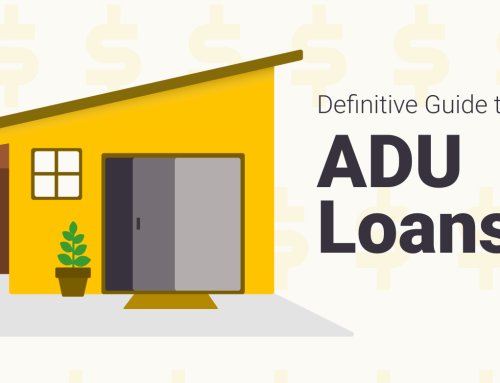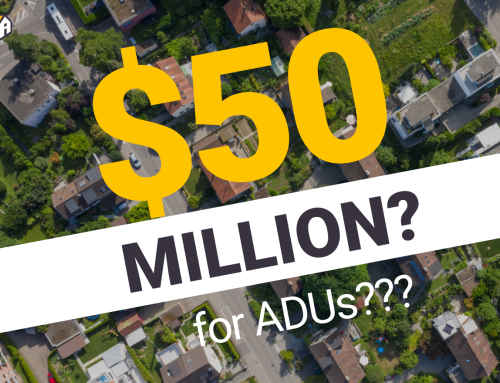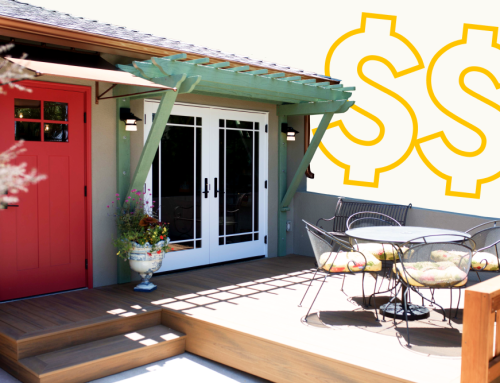When it comes to selecting the right financing option to fund your ADU, you want to make extra sure that it aligns with your unique scenario.
We strongly recommend taking the time to learn how to finance an ADU in a way that works for you. After all, you definitely don’t want any strenuous financial repercussions from a rushed or poorly planned decision!
You can get an in-depth analysis of ADU financing in our e-course, The ADU Blueprint. Click here for a free preview of the first lesson.
But first, here are some of the best ADU financing options based on several different scenarios.
Understanding Your Financial Scenario
To fully understand your financial situation, it’s important to calculate these 3 elements:
- Equity position
- Credit score
- Income
Let’s break each of these categories down.
Equity
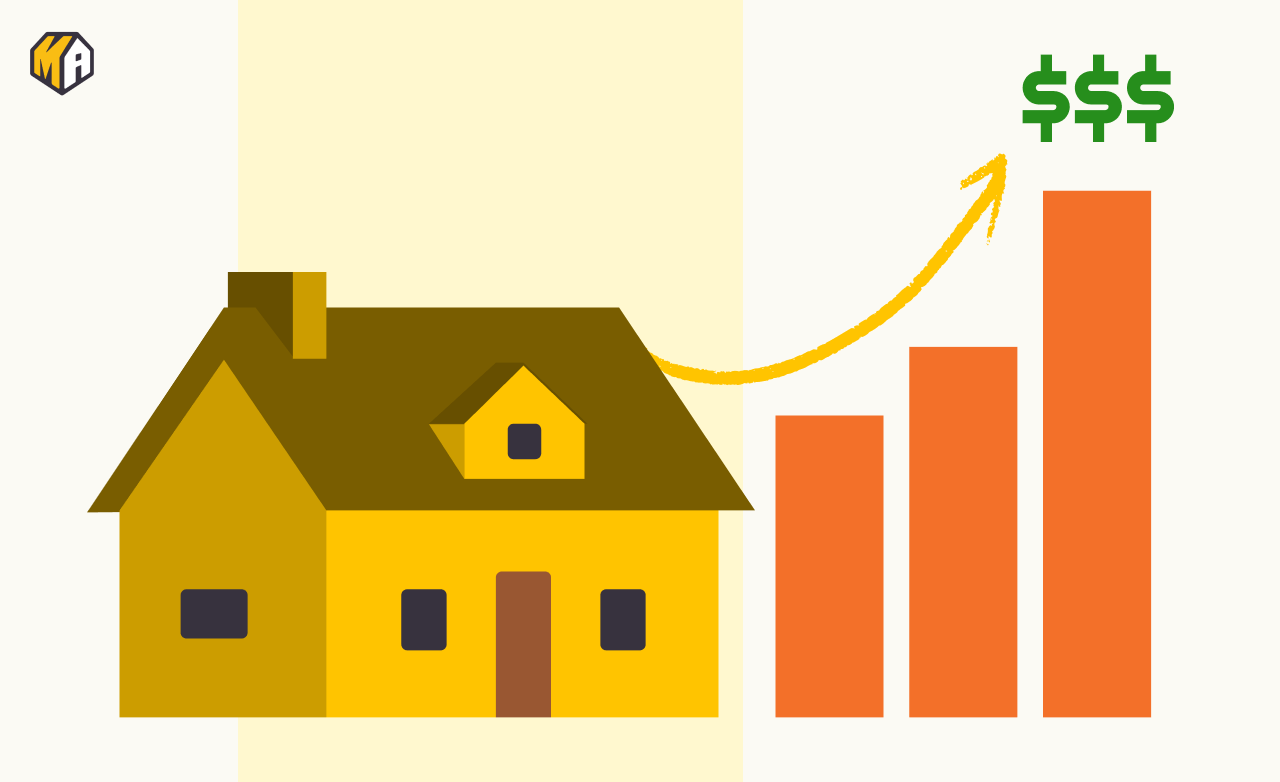
When it comes to assessing your equity position, ask yourself whether you have high or low equity.
Equity in this case refers to the amount of your home that you actually own. It’s essentially the difference between what your home is worth and what you still owe to your lender. So, your equity is whatever percentage of your home that you’ve paid off.
So, how do you calculate your exact equity? Here’s a hypothetical example.
Let’s say your home is worth $200,000 and you still owe $150,000 on your home. Subtract $150,000 from $200,000 and you have an estimated equity of $50,000 in your home.
Having high equity in your home opens you up to numerous financing options, like a Home Equity Line of Credit (HELOC), Cash-Out Refinance, and Home Equity Loan. We’ll discuss each of these in turn later on.
Credit Score
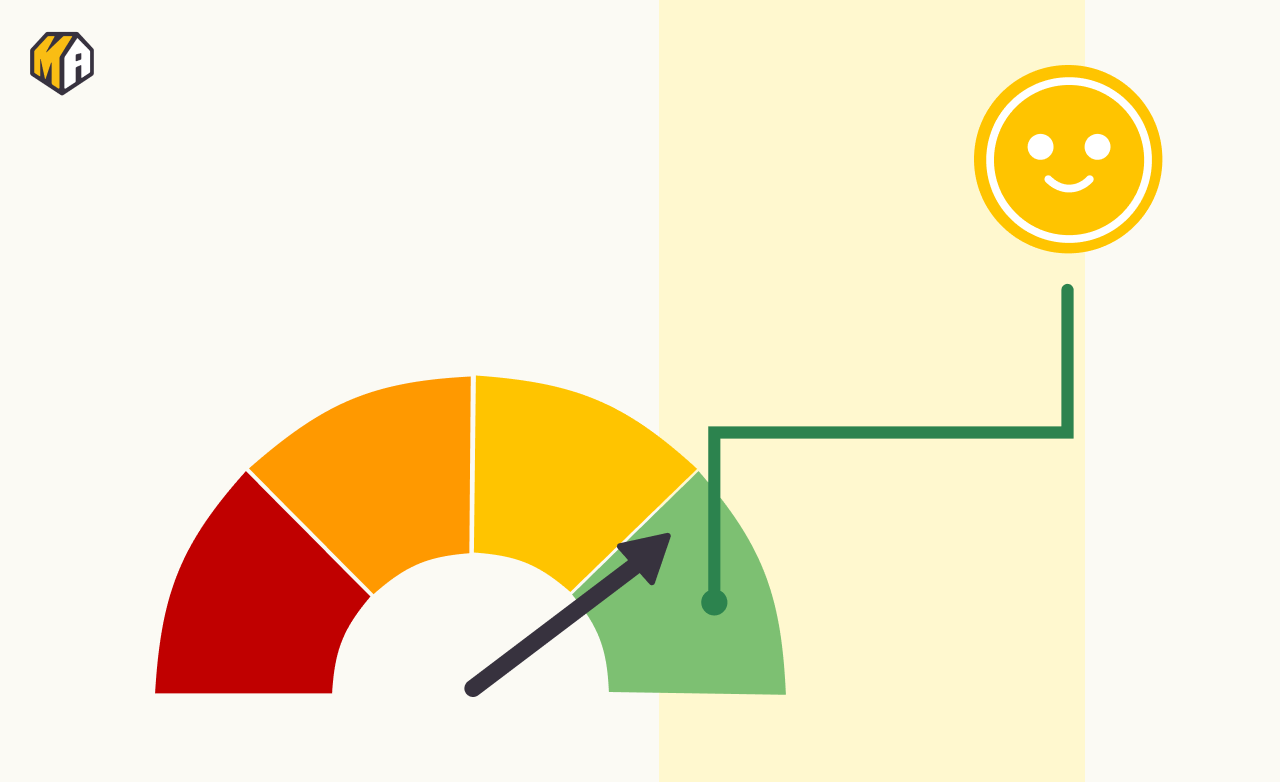
Having a good credit score is also key to unlocking various financing options. Why?
The higher your credit score, the less of a risk you appear to lenders. A high credit score indicates that you pay your bills on time, which is very appealing to lenders who want assurance that they’ll get their money back on time. This can also result in acquiring lower interest rates on loans!
Any credit score between 670-739 is considered “good.” And anything beyond 739 only makes you look more desirable to lenders.
Keep in mind that poor credit scores may prevent you from qualifying for certain loans that have a minimum cutoff.
Income
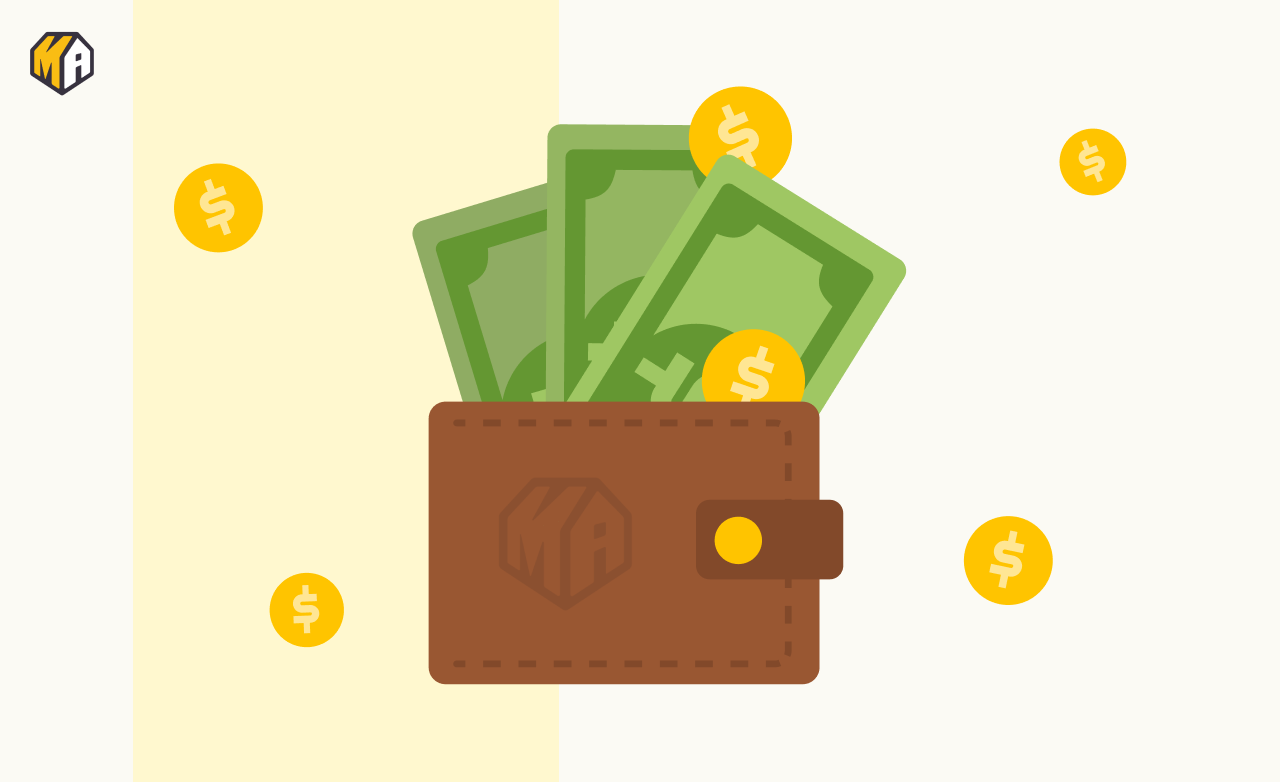
Depending on whether you are low-, mid-, or high-income can make a difference, too.
Some loans have a maximum debt-to-income (DTI) ratio. That is calculated by dividing your monthly debt payments by your gross monthly income. It’s one way lenders determine your ability to manage monthly payments to repay the money you plan to borrow from them.
In short, the less debt you have and the more income you’re bringing in can help boost your chance of qualifying for some loans.
One point to add is that different lenders may have different criteria for lending. So, while these general principles apply, specific score cut-offs, acceptable DTI ratios, and other requirements can vary from one lender or loan type to another.
ADU Financing Options for High Equity Scenarios
Let’s circle back to equity.
If you’re someone who has high equity, here are some of the best ADU financing options to take advantage of!
HELOC
Let’s start with a HELOC, otherwise known as a Home Equity Line of Credit.
If you have equity in your home, a HELOC is the most straightforward way to finance an ADU, aside from paying with cash. Here’s why!
A HELOC leverages a homeowner’s value in their home. The credit limit that you can borrow for a HELOC directly corresponds to the amount of equity you have in your home. So, more equity means more potential funds!
To give you a better idea of how it works, here’s an example with some real numbers.
Let’s say your home is appraised by the lender at $550,000 and the mortgage balance (i.e. what you have left to pay) on your first mortgage is $300,000. At 90% of the appraised value, you have a $495,000 mortgage lien capacity. This would give you a $195,000 HELOC for whatever you want to use the money for, like a brand-new ADU.
- $550,000 (appraised value) x .09 = $495,000
- $495,000 – $300,000 (1st mortgage balance) = $195,000 (HELOC funds).
Congratulations! You just calculated the loan-to-value (LTV) ratio.

You can see that greater home equity, meaning a smaller mortgage balance, would release more HELOC funds to you.
Speaking of funds, HELOCs are structured as a revolving line of credit by giving funds to someone only when needed. This means that the amount needed can fluctuate from month to month. It also means that you could potentially have revolving debt if you don’t pay the balance every month. This would result in a revolving balance, where any unpaid portions carry over into the next month.
The equity you have in your home also functions as collateral to borrow money. In other words, your home is basically used as security to protect lenders, should you default on your loan at any point. This gives you access to lower interest rates than unsecured loans since lenders view secured loans as less risky.
Requirements for HELOCs can vary by lender, so it’s always a good idea to double-check their specific qualifications.
For a more detailed look into securing and repaying a HELOC, check out our other blogs and videos in our ADU cost category.
Home Equity Loan
Similar to HELOCs, home equity loans leverage the equity homeowners have built in their homes.
With a home equity loan, homeowners are provided with a fixed amount of cash and a set repayment schedule. Generally, you can borrow around 80-85% of the value of your home, minus what you owe on your mortgage.
Just as before, this means that the more equity you have in your home — the less you owe on your mortgage —, the greater your access to funds!
As with HELOCs, the collateral is the borrower’s equity in their home. So, make sure to pay your bills on time!
The qualifications for a home equity loan and HELOC are generally the same. But again, it never hurts to clarify with your specific lender.

Cash-Out Refi
One final option for anyone with high equity is a cash-out refinance!
A cash-out refinance allows homeowners to refinance their current mortgage for more than they owe and take the difference in cash.
Like the other two options we’ve covered thus far, a cash-out refinance takes advantage of the equity you’ve built in your home over the years. It essentially lets you take your home equity and convert it to cash.
Here’s how it works.
Say your home is worth $300,000 and you have a remaining mortgage balance of $100,000. This means that your home equity — what you’ve paid off — is $200,000.
So, how much cash can you borrow on your refinance? Well, it typically depends on your home’s value ($300,000 in this example). This means you’ll need to have your home appraised. Lenders will generally cap you at 80% of your home’s appraised value, however, this can vary from lender to lender or depend on your specific circumstances.
If your home is appraised at $300,000 and your lender agrees to lend out 75% of your home’s value, that gives you $225,000. But, now you need to subtract the amount you still owe on your mortgage. As stated above, you still owe $100,000. This officially gives you $125,000 in cash to work with for your ADU!
- $300,000 (appraised value) x .75 = $225,000 (new mortgage)
- $225,000 – $100,000 (1st mortgage balance) = $125,000 (cash-out refi funds)
Put simply, greater equity means less money that has to be subtracted from your potential loan.
Per usual, make sure that this is a good choice for you.
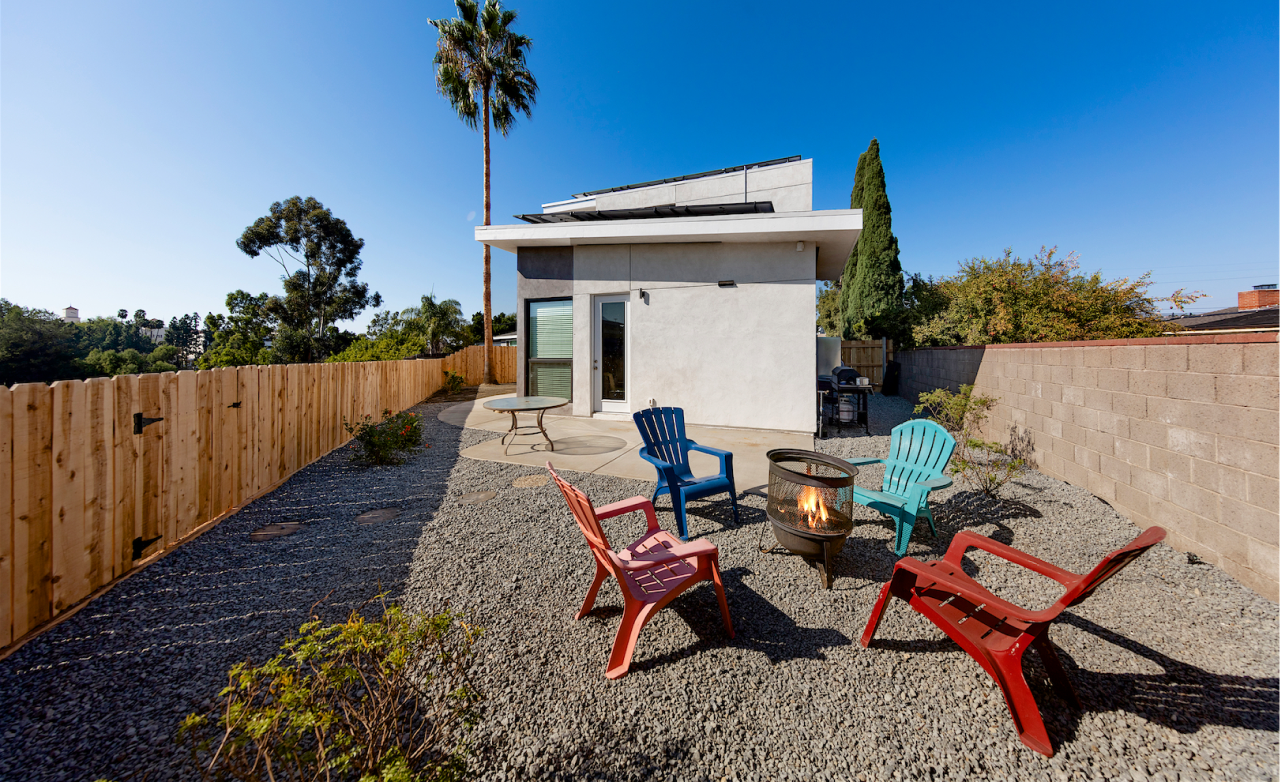
ADU Financing Options for Low Equity Scenarios
Now, let’s examine the flip side of things.
For anyone with low equity, these are some of the best ADU financing options to hone in on.
Construction Loans
Let’s start by talking about construction loans.
A construction loan evaluates what the future value of the property will be once the project is completed and allows a homeowner to borrow against that amount. So, unlike the previous financing examples we’ve covered, high future value grants you more funds than high equity here.
Consider this hypothetical scenario.
Let’s say your home is worth $400,000 and you want to build an ADU. First, you contact an architect and have plans drawn up. Then, you submit those plans to your bank, which in turn sends them to an appraiser. The As Complete Value (ACV) comes back at $520,000, which is a $120,000 increase in the value of your home.
This means that you can now borrow up to 95% of the ACV ($120k), which is $114k! The bank then releases funds as certain milestones are achieved in the ADU build and inspected by a third party.
However, it’s worth noting that construction loans typically have higher interest rates and more stringent requirements than traditional home loans due to the increased risk associated with construction projects. They are also usually short-term loans, designed to last only for the duration of the construction process, and must be paid off or refinanced into a traditional mortgage once the project is completed.
Personal Loans
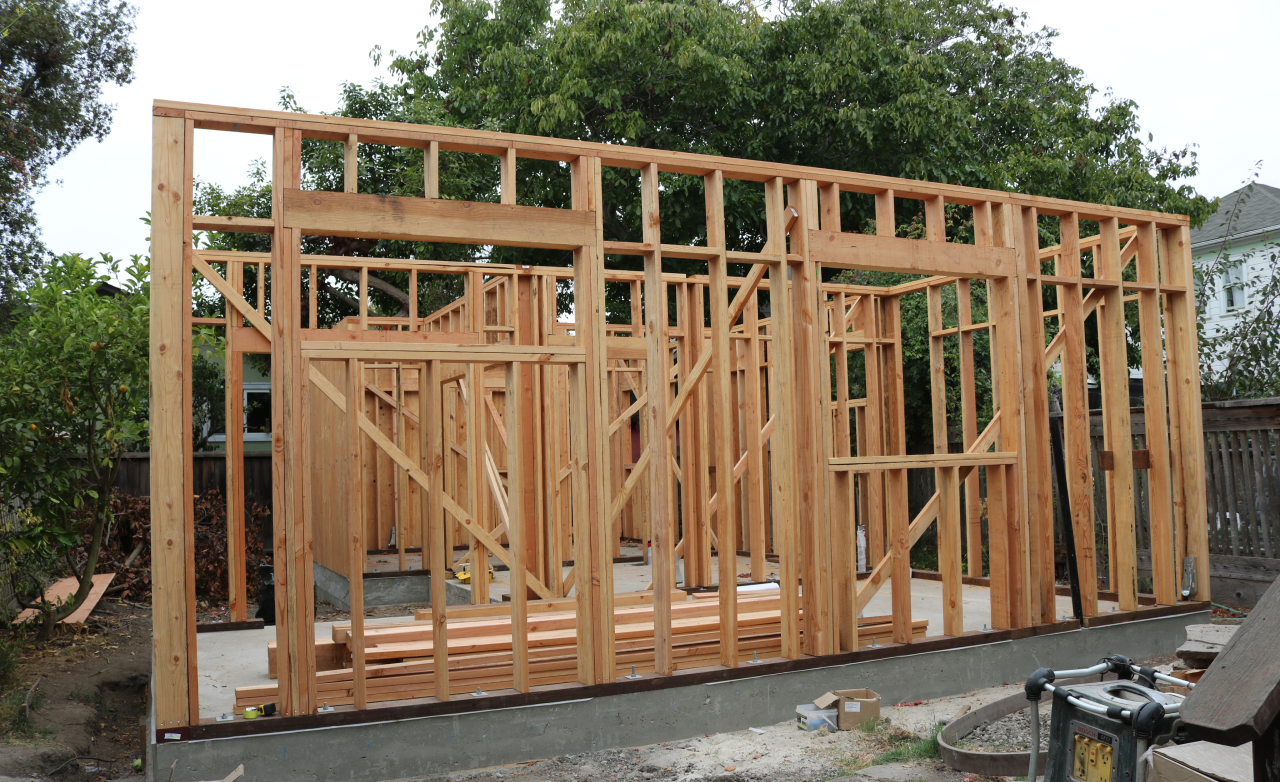
Personal loans are simple!
They are money borrowed from a lender that can be used for…well, basically anything! Everything from wedding expenses to a new car to paying off debt is all fair game. Oh, and don’t forget a new ADU!
Personal loans can be obtained from online lenders, local banks, and credit unions. Money is provided in a lump sum that you then make regular payments on until the loan is paid back in full.
Some big benefits? Fixed interest rates and repayment terms! Plus, most personal loans are unsecured, so your home isn’t on the line if you fall behind on payments. Instead, lenders look at your credit score, debt-to-income ratio, and cash flow when assessing your application.
Because personal loans are typically unsecured, the interest rates may be higher than those for secured loans such as home equity loans or HELOCs. This is because the lender takes on more risk when no collateral is required. Therefore, the borrower’s credit score and financial health play a crucial role in determining the interest rate on the loan.
FHA 203(k) Rehabilitation Loans
The final financing option that works well for homeowners with low equity is the FHA 203k loan, also known as the renovation loan or mortgage rehab loan!
The FHA 203k loan was established for the purpose of aiding residents in not only purchasing a home, but also funding significant renovation work and home improvements. Think of it as a 2-for-1 deal. It allows you to borrow money to purchase the home and get cash to address the cost of any necessary repairs at the same time!
A lot of people don’t know this, but the FHA 203k loan can also be used to build an attached ADU or an interior conversion ADU. There are limitations to this, but positive changes are in the works to make this loan more accessible to those who need it.
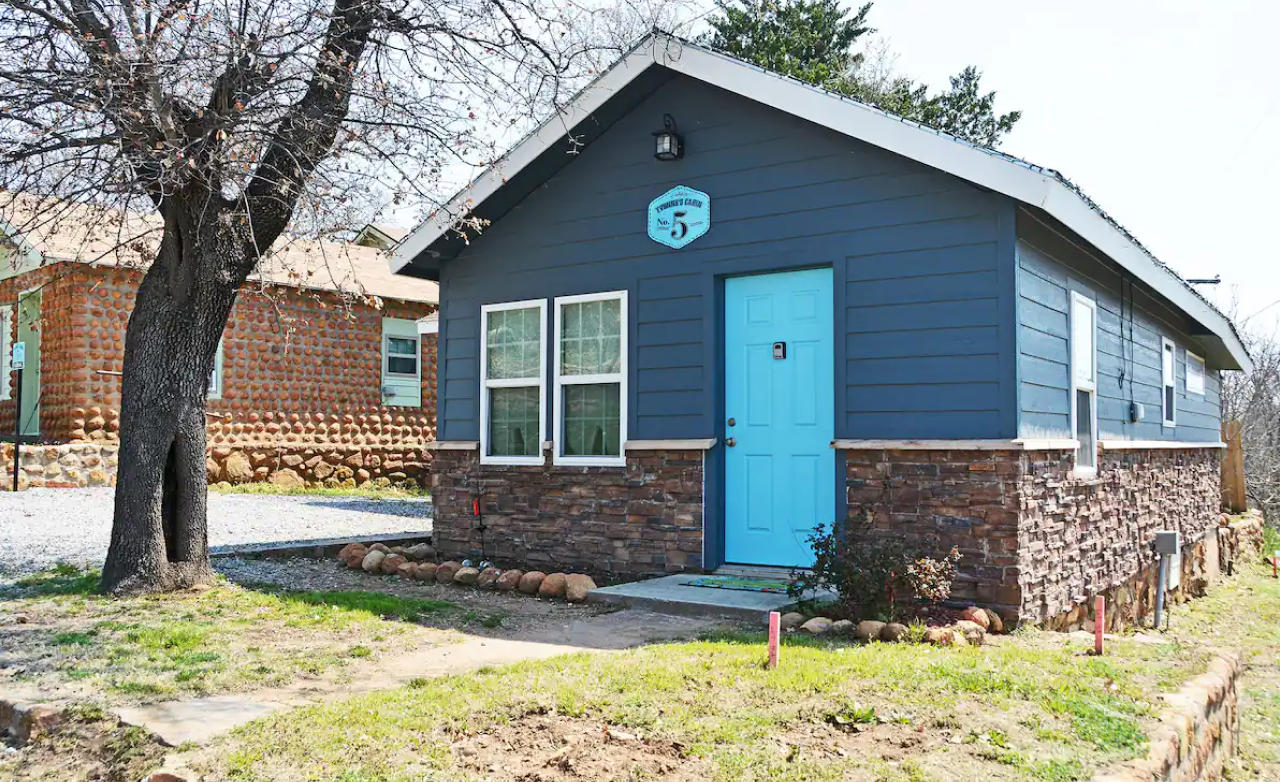
This loan is the ideal way to keep things simple and cost-effective by preventing borrowers from having to take out a second mortgage, Home Equity Line of Credit (HELOC), or other costly financing methods.
Instead, you just have to make one monthly payment that consists of your mortgage payments and the renovation costs. Easy!
As with the other loans, there are certain minimum standards that need to be met to qualify, as well as two types of FHA 203k loans you can obtain. And since each type has different limitations for what they can cover, it’s important to know in advance what kind of work you foresee doing prior to selecting a loan option.
Want to learn more? Find out how an FHA 203k loan may be the secret ticket for your ADU!
ADU Financing Options for Good Credit Scores
If you’re someone who can boast a good credit score, way to go! Here are a couple of great ADU financing options to look into.
Traditional Bank Loans
Banks are typically the standard way people think to get a loan. And while they can offer some of the most inexpensive loans (i.e. low-interest rates) with predictable monthly payments, qualifying can be…challenging.
It isn’t uncommon for banks to require collateral, healthy financial history, and strong personal and/or business credit scores. Not to mention that applying is time-consuming; expect it to take around 1 to 3 months due to the extensive paperwork.
However, if none of this is of any issue, go for it! Traditional bank loans offer great flexibility for how to spend the money, like building an ADU. Plus, they can save you a lot of money in the long run.
Peer-to-Peer Lending
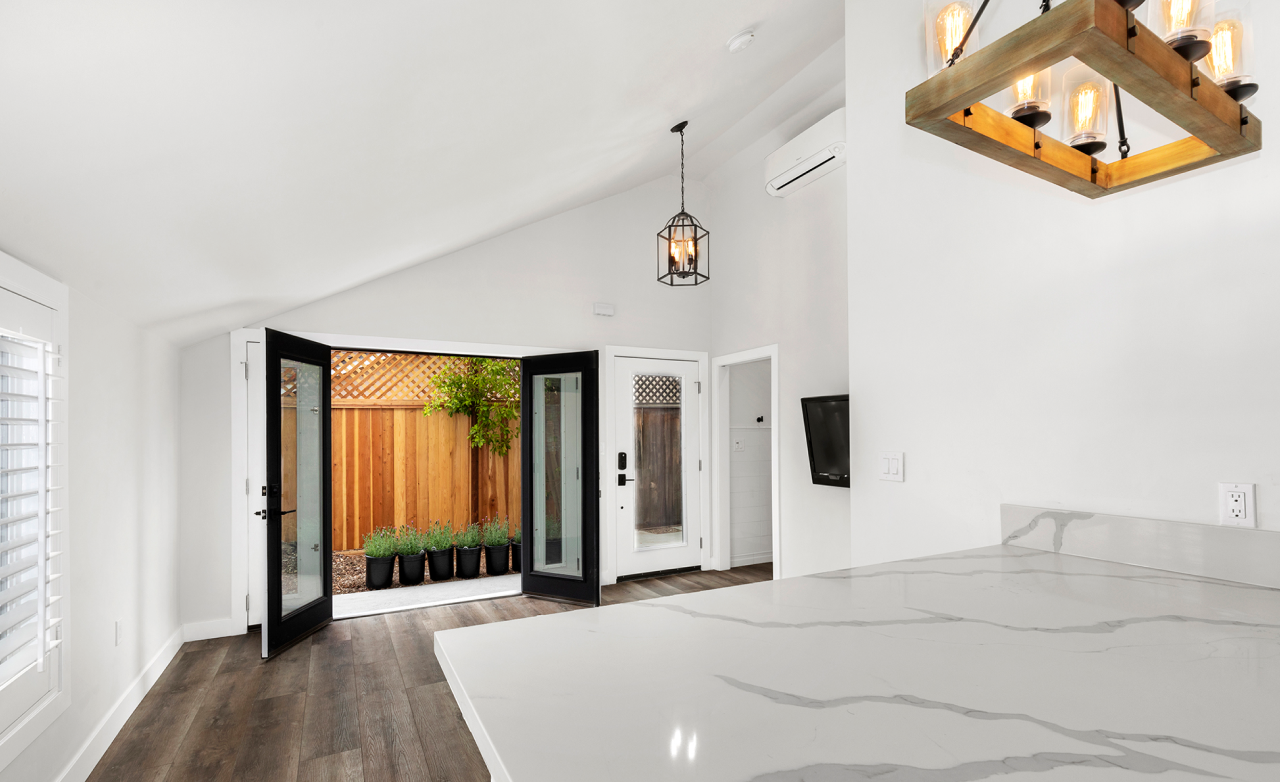
This loan option allows you to obtain loans directly from other individuals by cutting out any financial institution middlemen!
Applications take place on P2P websites where borrowers are matched with a network of investors who decide whether to fund your loan or not.
As a borrower, you are assigned a risk category that determines your interest rate. Most websites have a wide range of interest rates based on your personal creditworthiness. Loan applicants then review their offers and select a loan of their choosing.
Just know that the better your credit score, the lower your interest rate. Peer-to-peer lending applicants with poor credit records can wind up with very high-interest rates. That being said, there are some peer-to-peer marketplaces that allow borrowers to have credit scores as low as 600. But keep in mind that it will affect your interest rate.
ADU Financing Options for Low Credit Scores
Not everyone has a dreamy 700+ credit score that many lenders love to see. But don’t worry! There are still ADU financing options out there for anyone with a lower credit score.
Let’s take a look!
Secured Loans
We’ve touched upon this a bit earlier, but secured loans require collateral, while unsecured loans do not. Since secured loans are less risky to lenders, they are far easier to qualify for and generally have lower interest rates. Plus, you often have a greater borrowing limit!
If you choose a secured loan to fund your ADU, you must let your lender know which assets you plan to use to back the loan. Until the loan is repaid, your lender will place a lien on those assets.
Therefore, it is of the utmost importance not to default on your loans! Otherwise, your lender has full authority to take control of your assets and sell them to recoup the loss. So, be sure to fully understand what you are promising to your lender and what you potentially stand to lose.
Even though secured loans typically have more lenient credit requirements than unsecured loans, it’s still important to know your credit score for qualification purposes; you still must be somewhat creditworthy.
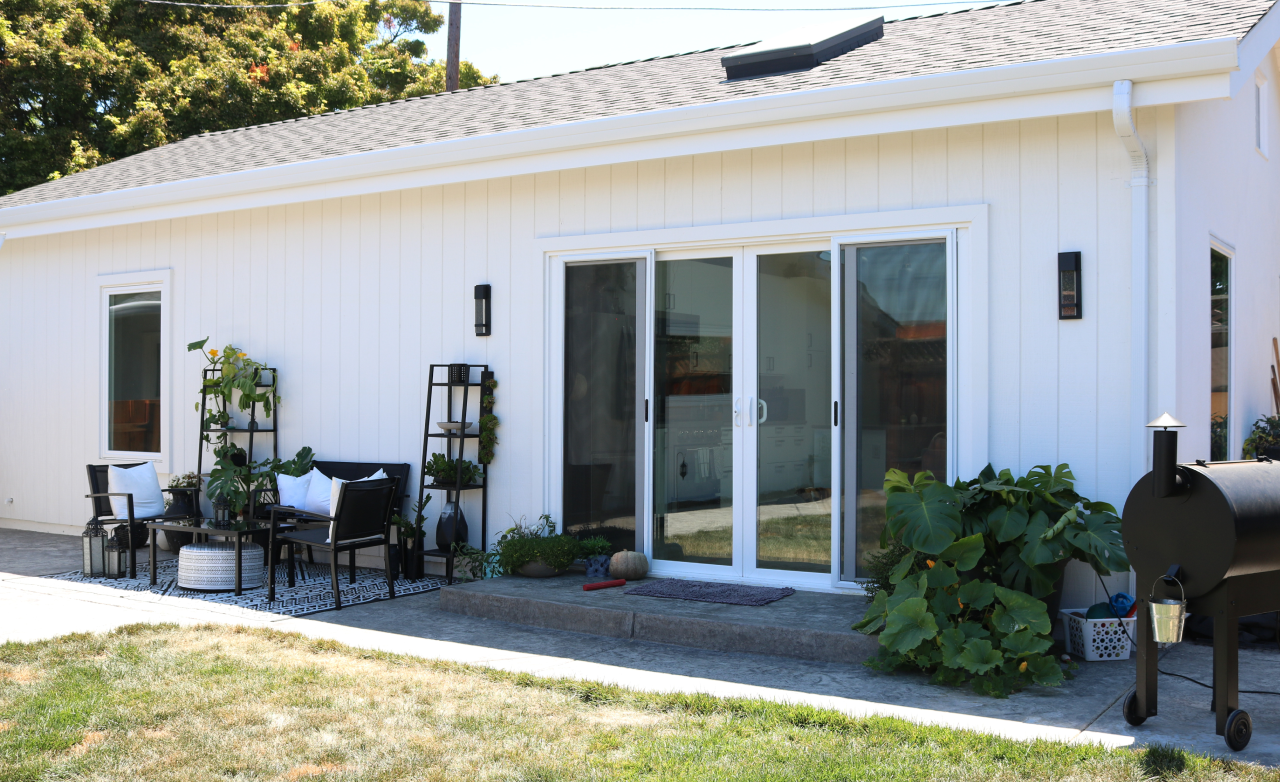
Government Assistance Programs
There are a variety of government housing assistance programs out there to help you finance your ADU, even with a low credit score.
Take homeownership vouchers, for instance. The homeownership voucher program allows low-income families to use their vouchers to make monthly mortgage payments and other expenses.
These programs are especially helpful to first-time home buyers. They not only accept lower credit scores to qualify, but they require little to no down payment. And if you’re an active-duty service member or veteran, you can even get a waiver for mortgage insurance!
ADU Financing Options for Limited Income Scenarios
We understand that money can be tight for a multitude of reasons. So, here are some ADU financing options to consider if you have limited income.
Grants and Subsidies
Although they are often used interchangeably, grants and subsidies have different funding purposes. Both options, however, are a show of support and do not need to be repaid, as long as you comply with the contractual terms. Think of them as awarded money!
Grants are sums of money paid by companies, foundations, or governments. Applicants must prove their eligibility for the grant during a competitive application process. Grants typically reflect deep support in specific projects, activities, or an overall mission. For example, they might be used to fund upcoming research, education, or community development projects.
One ADU-specific grant program is CalHFA, otherwise known as the California Housing Finance Agency. Over the years, CalHFA has offered substantial grant money — recently $40,000 out of a $100M grant pool — to qualified homeowners looking to build an ADU!
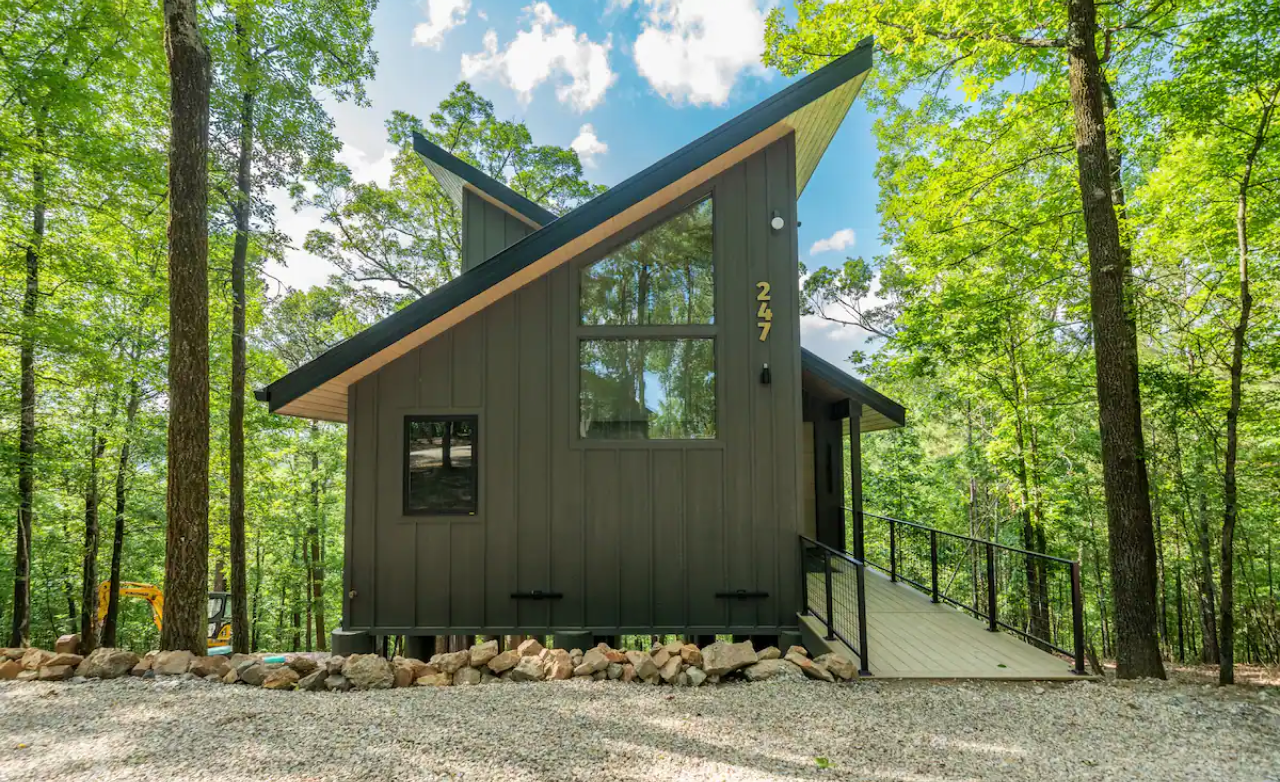
On the other hand, subsidies refer to benefits given in the form of direct contributions, tax breaks, and other special assistance. They aim to support ongoing operations or industries by helping to ease any burden on the recipient’s shoulders. This privileged type of financial aid is often granted for reasons of public interest, such as promoting public good, culture, social well-being, etc.
Shared Equity Programs
And finally, there are shared equity programs, which is an umbrella term for a variety of programs that provide homeownership opportunities with long-lasting affordability. They make homes — including ADUs — more affordable by essentially bridging the gap between what you can afford to pay (e.g., in a mortgage, construction costs, etc.) and the actual cost to own/build a property.
Shared equity programs are self-sustaining, as they just require a one-time investment to make a home affordable for a lower-income family. Doing so allows borrowers to purchase the home at a below-market price or receive subsidies for construction costs. In exchange, the homeowner must agree to certain limitations to keep this cycle going:
- Restrict the maximum price the house can be resold
- “Share” some of the resale proceeds to the next low- or -middle-income homeowner
Talk about a great way to pay it forward!
Plan, hire, and manage your ADU project with Maxable
Financing your ADU takes a great deal of research and consideration; all loans have pros and cons to weigh. That’s why Maxable is there to help once you’re ready. Our network of vetted contractors, designers, and lenders is just what you need to kickstart your ADU project into motion!
Start by providing your address, describing your project, and we’ll take it from there. Talk to you soon!




